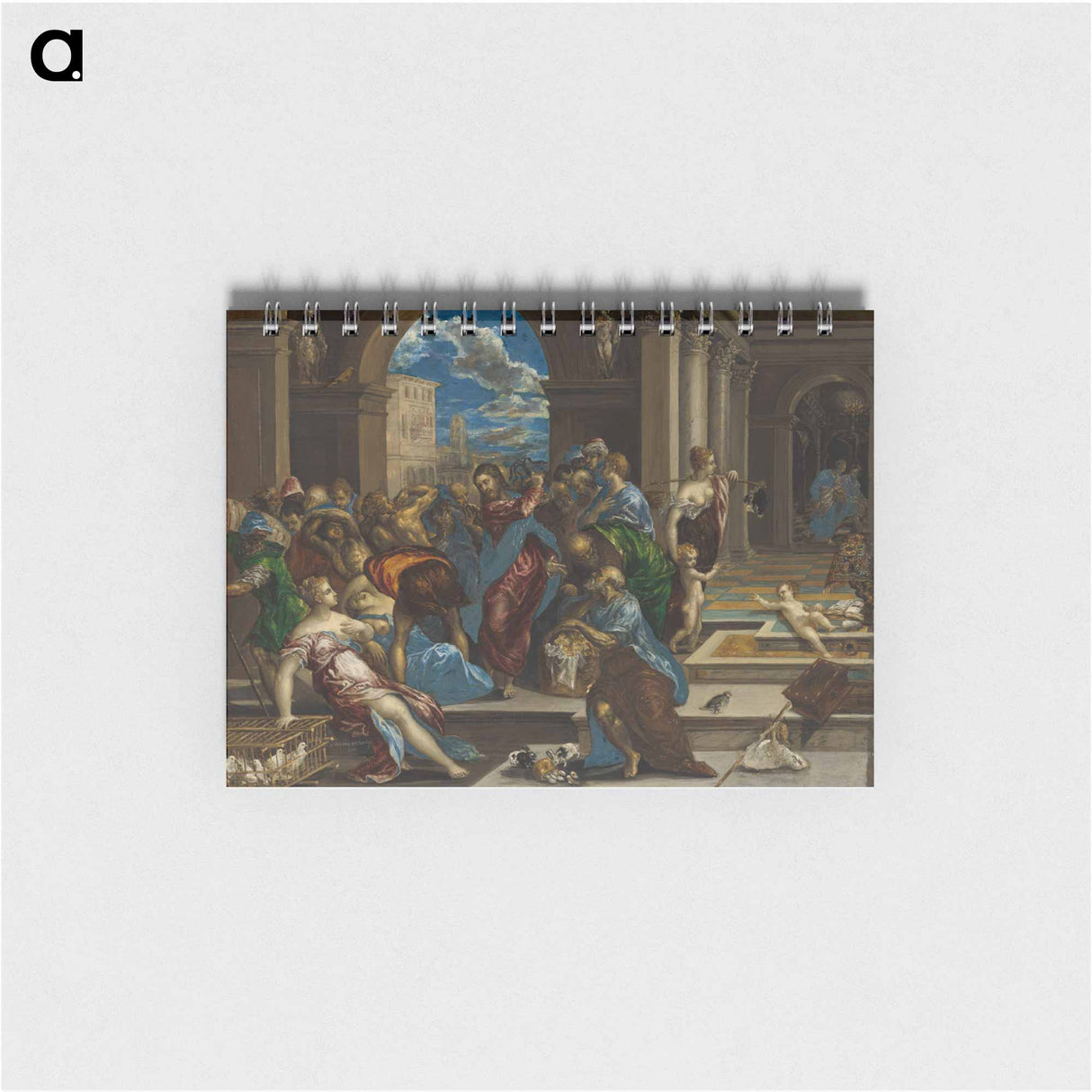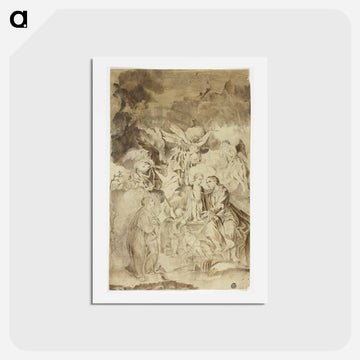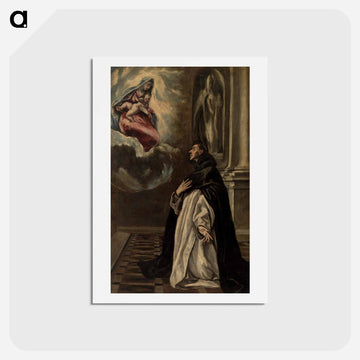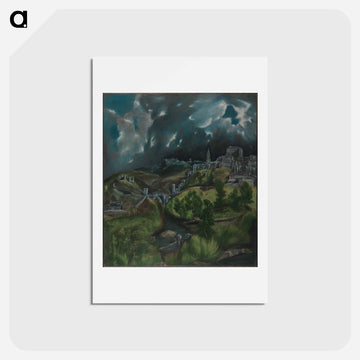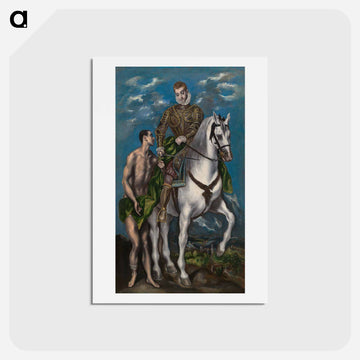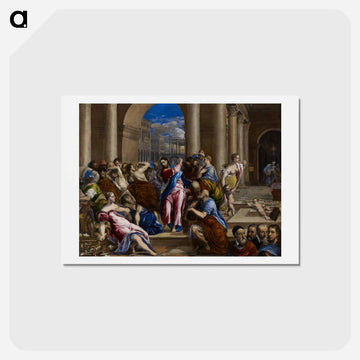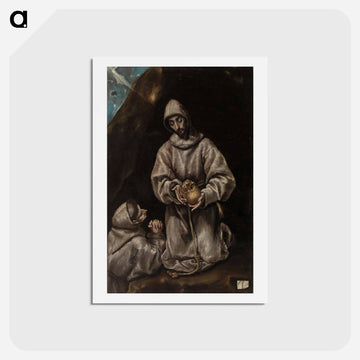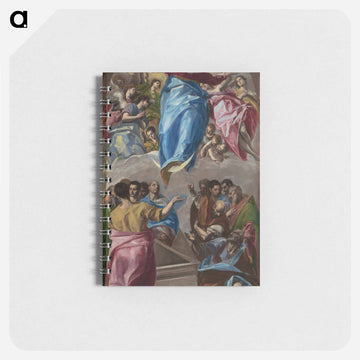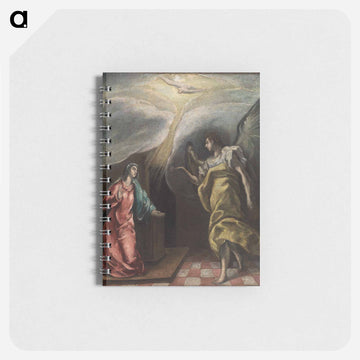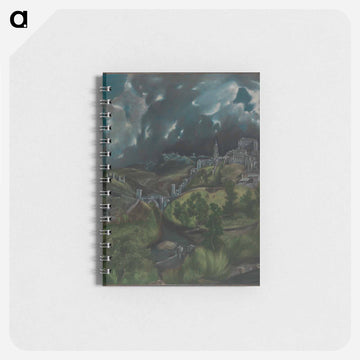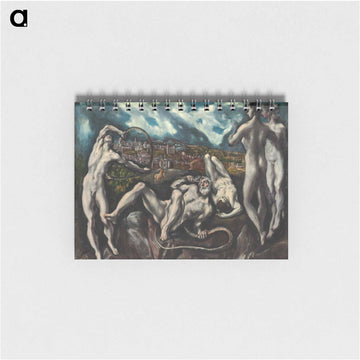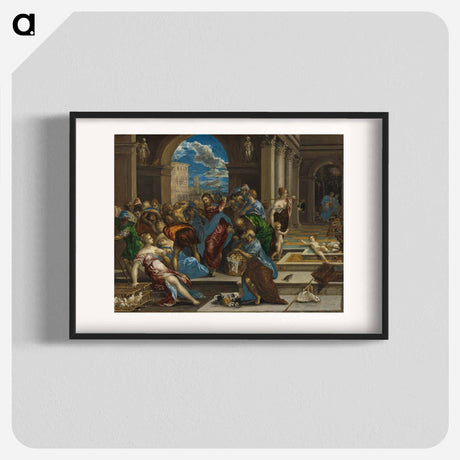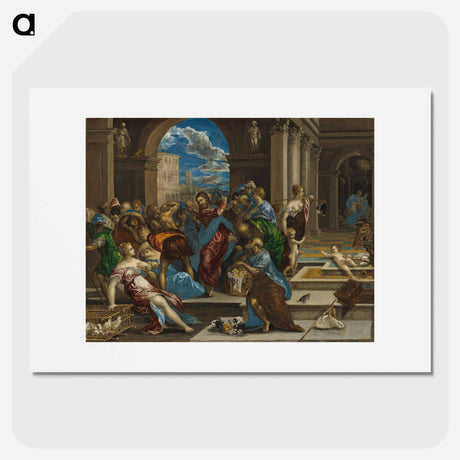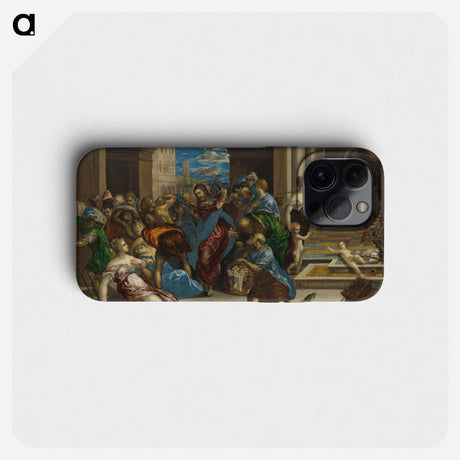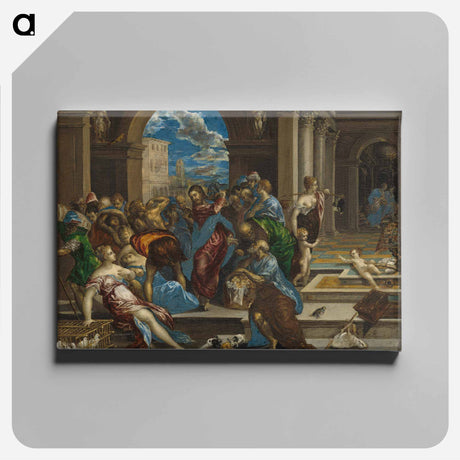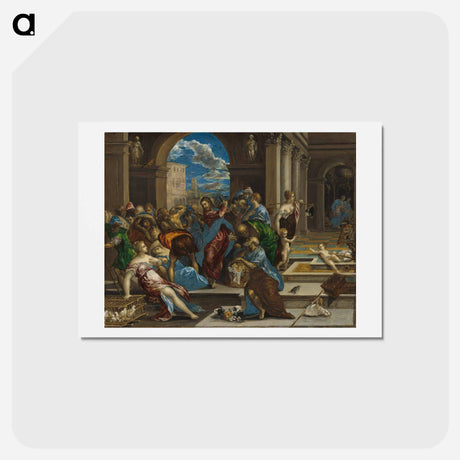Christ Cleansing the Temple - エル グレコ Memo.
Christ Cleansing the Temple - エル グレコ Memo. - B6(128×182) is backordered and will ship as soon as it is back in stock.
【出荷予定について】
※土日祝定休
製品説明
製品説明
artgraph.オリジナルの名画のメモ帳
●選ばれる3つの特徴
1.用途に合わせて選べるサイズ
コンパクトで持ち運びしやすくメモとして使用しやすいB6サイズをご用意。
2.厚手でなめらかな上質紙
通常のノートより丈夫で厚手な上質紙を使用しています。アイデアブックのように書き込んで見返すことの多い場合、前のページに書いた文字のでこぼこが目立たず、次のページにも書き込みやすいところが嬉しいポイント!
3.アートが好きな大切な方へのプレゼントにも最適
ノート部分には罫線がないため、ちょっと絵を描きたい方やスケッチブックとして持ち歩きたいアート好きな方へのプレゼントにもおすすめ!
両面に印刷がしてあるので右開き左開きどちらからもご利用いただけます。
※印刷範囲のズレやトリミング位置の変更により、作品の印刷に欠損が発生する場合がございます。
- B6:120ページ(60枚) / リング色シルバー
| 作品名 | Christ Cleansing the Temple(神殿からの商人の追放) |
| 作家名 | El Greco(エル グレコ) |
| 制作年月日 | 1570 |
| 関連キーワード | エル グレコ ルネサンス芸術 ルネサンス 芸術 マンネリズム スペイン ルネサンス エルグレコ あ行 スペイン ルネサンス 16世紀 クラシック ヴィンテージ アート ノート リングノート メモ メモブック メモパッド リングメモ インテリア おしゃれ 絵画 絵 名画 風景画 風景 雑貨 ヴィンテージ レトロ 玄関 リビング ダイニング 寝室 台所 トイレ 玄関などご自身用にも、モデルルーム、オフィス、事務所、お店、ホテル、カフェなどのディスプレイ用の複製作品としてご利用もいただいております。誕生日などのお祝い、ギフトプレゼントとしてもご利用いただいております。 |
| Related Keywords | el greco, renaissance art, renaissance, art, , mannerism, spanish renaissance |
| 管理番号 | 1-23 |
商品写真はできる限り実物の色に近づけるよう徹底しておりますが、 お使いのモニター設定、お部屋の照明等により実際の商品と色味が異なる場合がございます。
素材ごとに異なるニュアンスが生まれることもございますが、風合いとしてお楽しみいただければ幸いです。
お届けについて
お届けについて
出荷までの期間はポスターのみは3営業日、額装込み・キャンバス製品は10営業日程度いただいております。
それ以外の製品は10〜14営業日程度いただいております。
営業日:月〜金曜
定休日 : 土・日曜日・祝日
※サイズ・色・点数によってお届けに通常より長くお時間をいただく場合がございます。お急ぎの場合や複数点数のご購入をご検討の場合は事前にお問い合わせください。
返金交換について
返金交換について
返金・交換に関して
到着した製品に不具合がございましたら到着より7日以内に速やかにご連絡ください。
■返品・交換などの連絡先
info@artgraph.jp
返金
商品に不具合が有った場合は上記「返金・交換」をご覧下さい。
キャンセル
生産開始前であればキャンセル・返金可能ですが、生産が終了している場合は全額ご請求とさせていただきます
詳しくはこちら
安心してご注文いただけます。
Payment methods
artgraph.では運営側でクレジットカード情報を保存せず、お客様のクレジットカード情報にアクセスすることはできませんので安心してご利用ください。
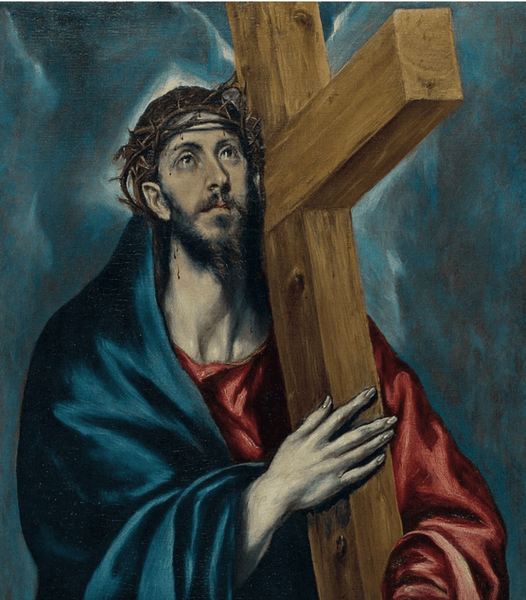
El Greco
El Greco was a painter active in Spain from the late 16th century to the early 17th century. "El Greco" is a common name meaning Greek, and his real name was Domenikos Theotokopoulos. His works are known for their unique and unparalleled style, characterized by vertically elongated figures, fantastical colors, and dramatic use of light and shade. He left behind masterpieces, mainly religious paintings, as well as portraits, and his original art had a great influence on artists of later generations.
El Greco Biography
- Born in 1541 in Heraklion, Crete, Greece.
- It is believed that he was active as an icon painter in his youth.
- Around 1567, he moved to Venice and was influenced by Titian and others.
- Around 1570, he moved to Rome and studied the works of Michelangelo and Raphael.
- In 1577, he moved to Toledo, Spain, where he continued his artistic endeavors.
- He received many religious painting orders from the churches and monasteries of Toledo.
- He produced his masterpieces, such as "The Burial of Count Orgaz" and "The Holy Trinity".
- Died in Toledo on April 7, 1614 (aged 73)
Representative works
- The Burial of the Count of Orgaz (1586-1588)
- The Trinity (1577-1579)
- The Adoration of the Shepherds (1612-1614)
- View of Toledo (c. 1599-1600)
- The Immaculate Conception (1607-1613)
The Art of El Greco
El Greco's art is unique in its originality compared to other painters of his time. In particular, his elongated human figures, twisted poses, and shimmering touches are considered typical examples of " Mannerism ." His vivid colors and dramatic contrasts of light and darkness leave a strong impression on the viewer. His works show the influence of Byzantine art in his native Greece, the colors of the Venetian school, and Michelangelo and others who studied in Rome. However, he established his own unique style that fuses and sublimates these elements. In his religious paintings, he created mysterious and fantastical spaces and succeeded in expressing the inner feelings of the characters.
El Greco's influence and later generations
Due to his extremely unique style of painting, El Greco was sometimes considered a heretic during his lifetime, but his work has been reevaluated since the 20th century. Expressionist and Surrealist painters in particular were strongly influenced by El Greco's unique art. Today, El Greco is highly regarded around the world as one of Spain's greatest painters. Keywords such as " Mannerism ," " Toledo ," " vertical figures ," " fantastic colors ," and " dramatic light and shade " are important elements in understanding El Greco's art. His works are housed in museums around the world and continue to fascinate many people even today.


